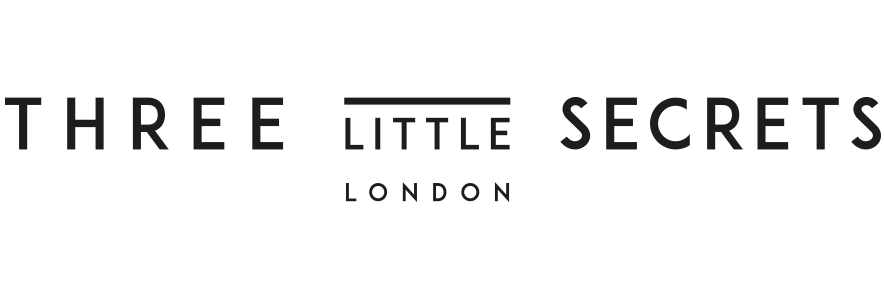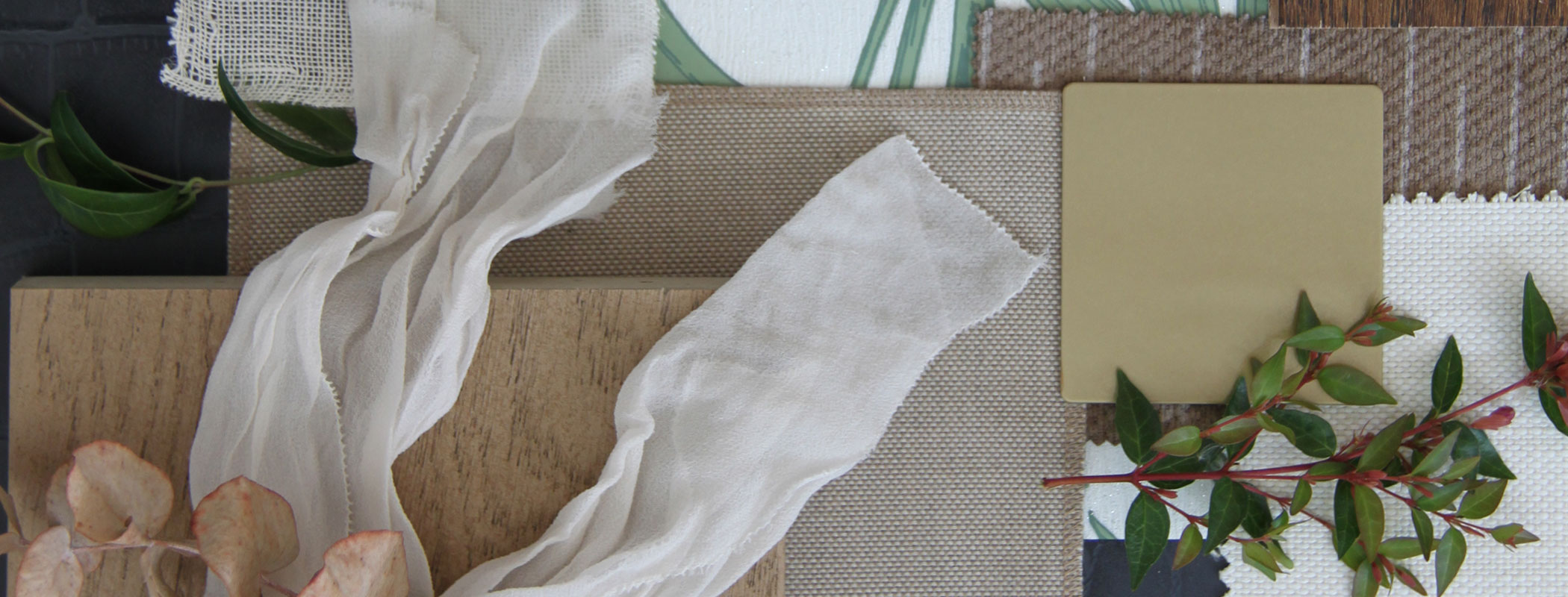Our easy to read beginners guide to fabrics
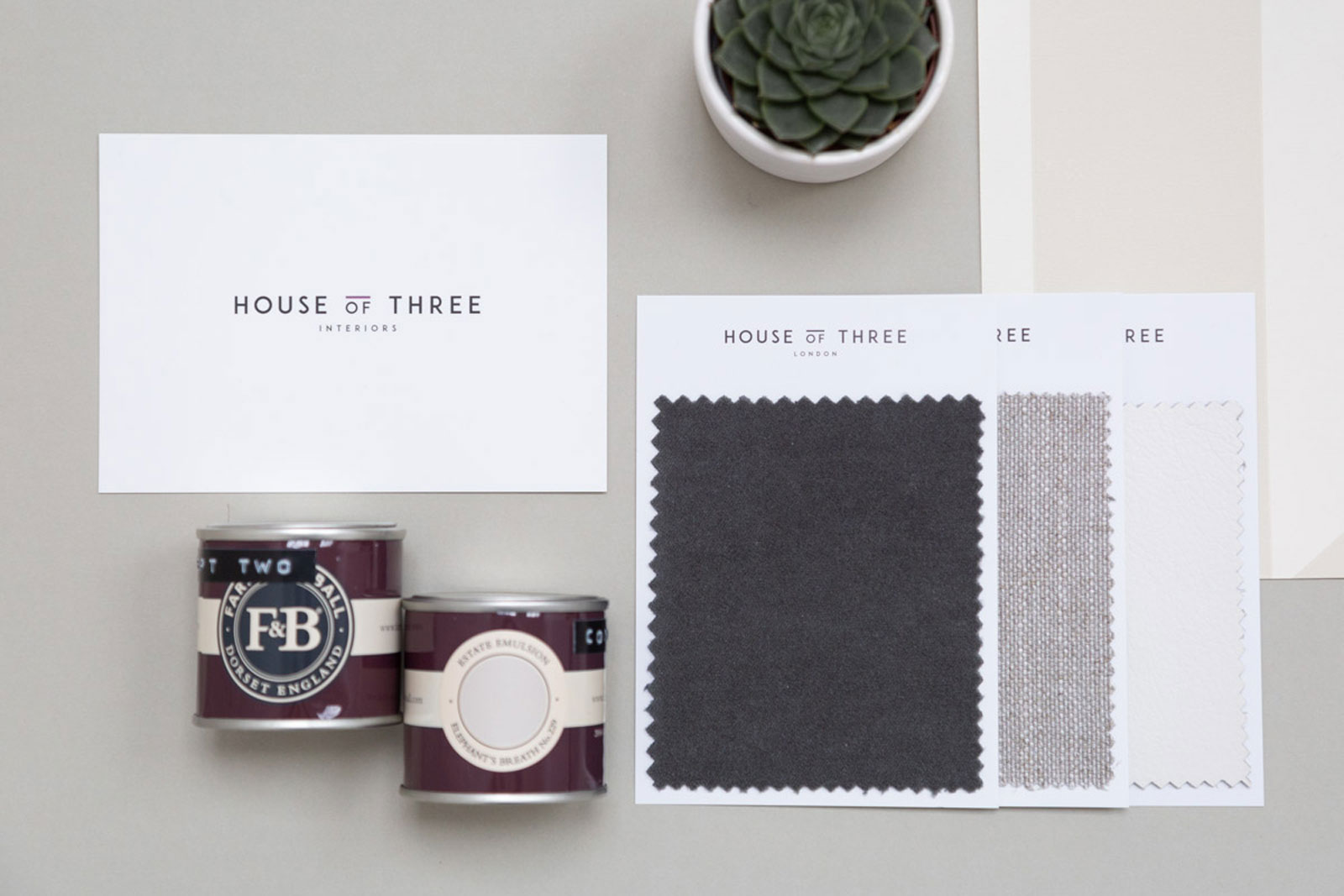
To lots of you, this may seem like the MOST BORING BLOG POST EVERRRRRR. But if you have just bought a new house, are looking to buy a new house or are starting a renovation project, then it really will help. Our easy to read beginners guide to fabrics is exactly that – easy to read. So you can come back to it time and time again when you want to know more about a particular fabric.
So why have I decided to write a beginners guide to fabrics? Every single week I get asked the question “What fabric is the best fabric?”. Of course there are better fabrics for certain uses. But if you are looking at high quality durable fabrics, then it really is a case of just deciding which one you like the most. This though is easier said than done. And when I ask my clients to choose the fabric they like the most, they more often than not can’t.
So why is it so hard to choose a fabric? Because most of the time it’s a decision that will live with you for a long time. Realistically how often do you change your curtains? How many times in a lifetime do you purchase a sofa? When did you last buy a bed? The answer to all of these questions is very few. Unless you are an avid mover, interiors obsessed like me or have an unlimited pot of money!
So although I can’t tell you what fabric you like the most, I can inform you and help steer you in the right direction. Which is exactly why I decided to create an easy to read beginners guide to fabrics. The idea is that you can read this as many times to need to. And apply it to every purchase that requires a fabric.
I can't tell you what fabric you like the most, but I can help you to make an informed decision about what might be the best for you.
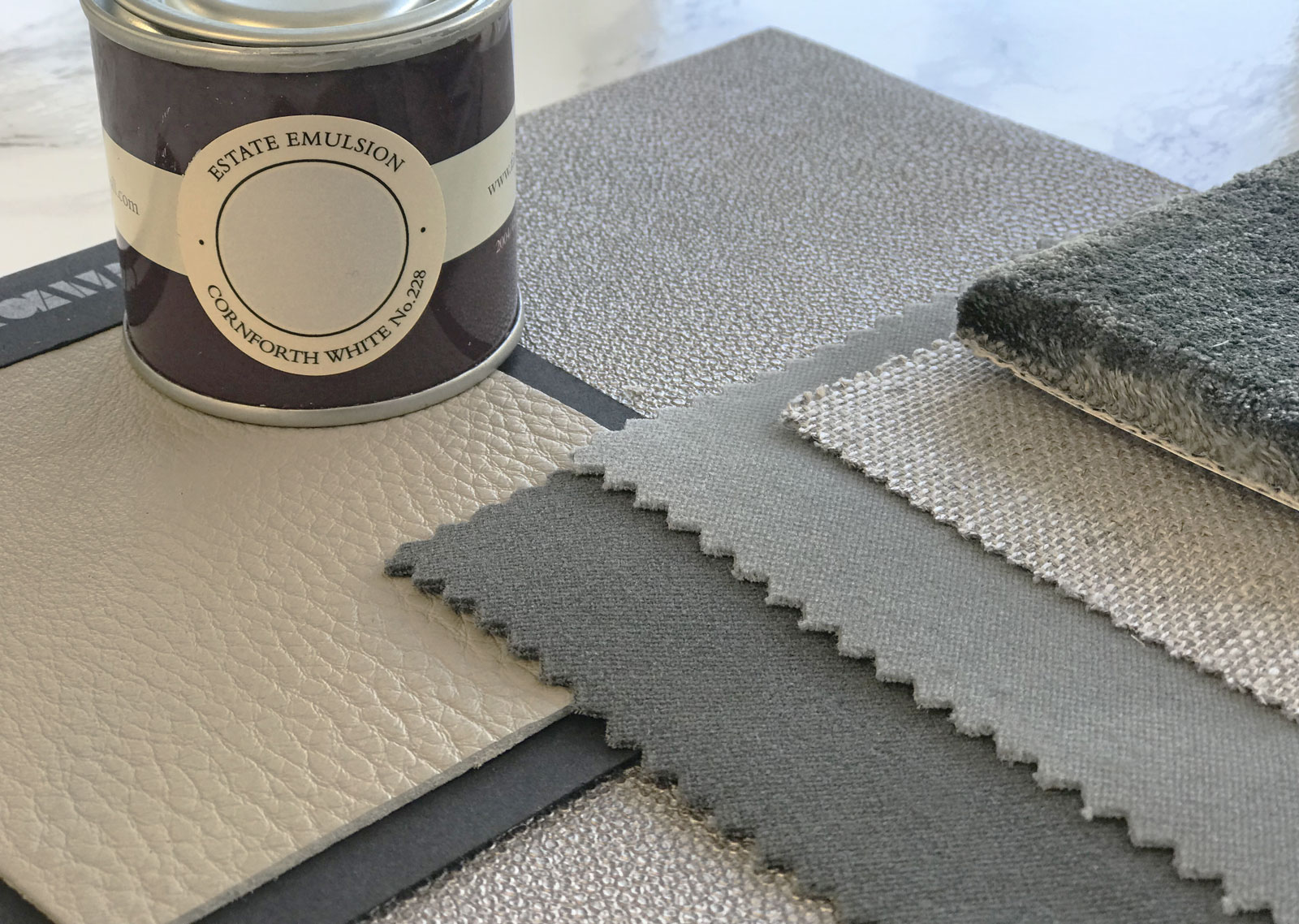
Before I actually get into any of the fabrics, I need to tell you about a very important UK requirement. I’ve seen clients hearts break when they find out they can’t use a fabric they’ve fallen in love with because it doesn’t meet the requirements. So before you do any searching, read this and remember it. If you are only searching for the right fabrics, you have less chance of being left disappointed.
FR Treatment
If you are using a fabric for upholstery, which includes sofas, beds, armchairs, footstools or any piece of furniture, then it has to be FR treated. This means Fire Retardant. Not all fabrics can be FR treated, which is why you need to be careful when looking.
Some fabrics if they can’t be treated, can be interlined, but not all companies can work with interlining. They are particularly hard to work with when upholstering a sofa, so most companies will ask you to choose and alternative.
Most companies stock non FR fabric – so you have to wait longer to receive FR Fabric and pay for the treatment of it too. So bear this in mind when looking at the cost and allow for at least an extra £8 per metre for the treatment. Some are as high as £15 per metre. Non FR Fabric can be used for curtains, cushions and accessories, so there is no need to think about it if that is all you are after.
Martindale Rub Count
All fabrics for upholstery also have to have a minimum Martindale Rub Count of 20,000. So watch out for this too – anything less and it really won’t last the test of time. No UK upholsterer should allow you to use anything below this, but it would be worth you keeping an eye on it too.
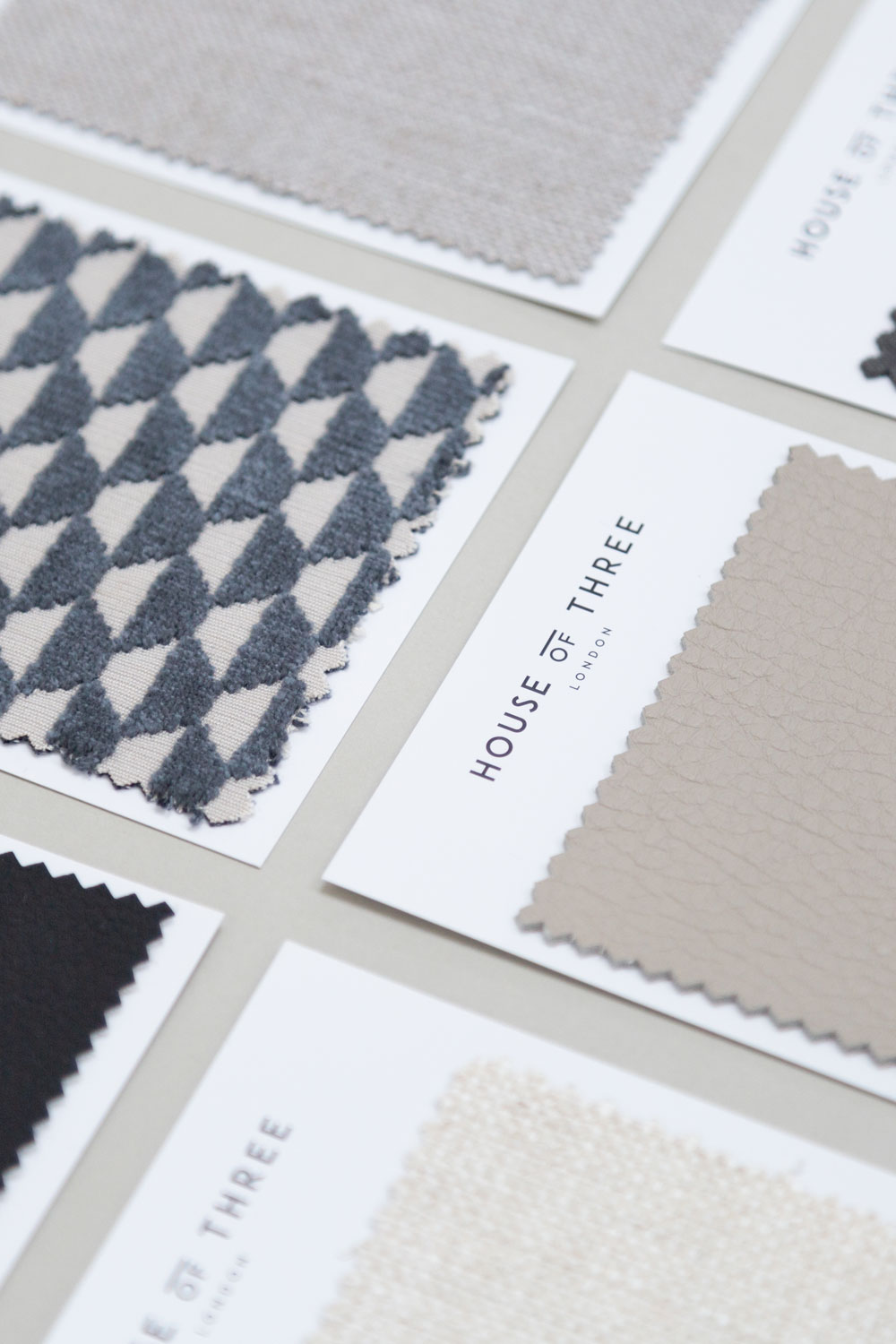
Now onto the fabrics themselves. Of course there are thousands of different fabric types. But here, as a beginners guide to fabrics, I’m going to talk about the most basic fabric types. Including Linen, Leather, Wool, Suede, Velvet and Textured Woven Fabrics.
Linen
So here is everything you need to know about Linen. It is a great, easy to maintain fabric that is perfect for that relaxed rustic look. It’s also a fabulous addition to a luxurious scheme too though, and it just helps to tone it down a little. As a really tightly woven fabric, some linens are softer than others. Linen is a texture made from fibres from a flax plant. The fibres are really strong and also take dye really well, which is why you will find it in such a number of different colours.
Linen for Curtains – Don’t ever use a 100% linen. This actually applies to both curtains and upholstery. The creasing is so bad, that the curtains will never hang straight. You could steam them every day, but a slight touch would immediately crease the fabric. If you want to avoid this, then look for a mixed linen.
Linen for Upholstery – Look for a nice linen, cotton mix, ideally with a higher percentage of cotton than linen. Lots of linens can be quite coarse and in turn not very comfortable to sit on. So keep your eyes peeled for a soft linen. My absolute favourite is Romo Linara, which has over 350 colours to choose from so there really is something for everything.
Linen is one of the most popular fabrics used in the Interiors World. It goes with everything too, so if you have wood, metal, velvet, concrete or any other weird and wonderful texture in your room, linen will go with it. Aside from Romo, I also love Ada and Ina for linen.
Leather will always be the most popular fabric when it comes to households with children and pets. But it's not always the most liked.
And now, one of the most popular fabrics, particularly for those with young children and dogs.
Leather
Real Leather is one of the most popular fabrics for a busy household that has pets and children. For the simple reason in that it is really really easy to wipe clean. So you can keep all of your furniture looking fresher for longer. There are two different types of leather – ones that have been milled to offer stain resistance and ones that haven’t.
As a natural product, leather will often display traces of its past. Such as brand marks, scars, growth lines, veins and in some cases areas of differing fiber density. Leather that offers stain resistance, with withstand marks and scratches far better than a leather that hasn’t. Of course the marking and wear and tear is why some people love leather.
Leather is hot in the summer and cold in the winter. So perhaps consider the location of your leather furniture if your home suffers from a drastic change in temperatures. Of course cold leather in the winter is nothing a mulled wine and blanket can’t fix.
Faux Leather – Not everyone is happy to use real leather, and there are faux leather alternatives. Although you will pay a pretty penny for a good one. The effort taken to create a really good quality dupe, means that it won’t be any less expensive than real leather. So don’t consider it as a cheaper alternative. Pay less for it and it will look cheap.
One of my favourite leather suppliers are Crest Leather – although the do only retail Real Leather. The best supplier for a really good looking faux alternative is Arch 8 by Whistler Leather.
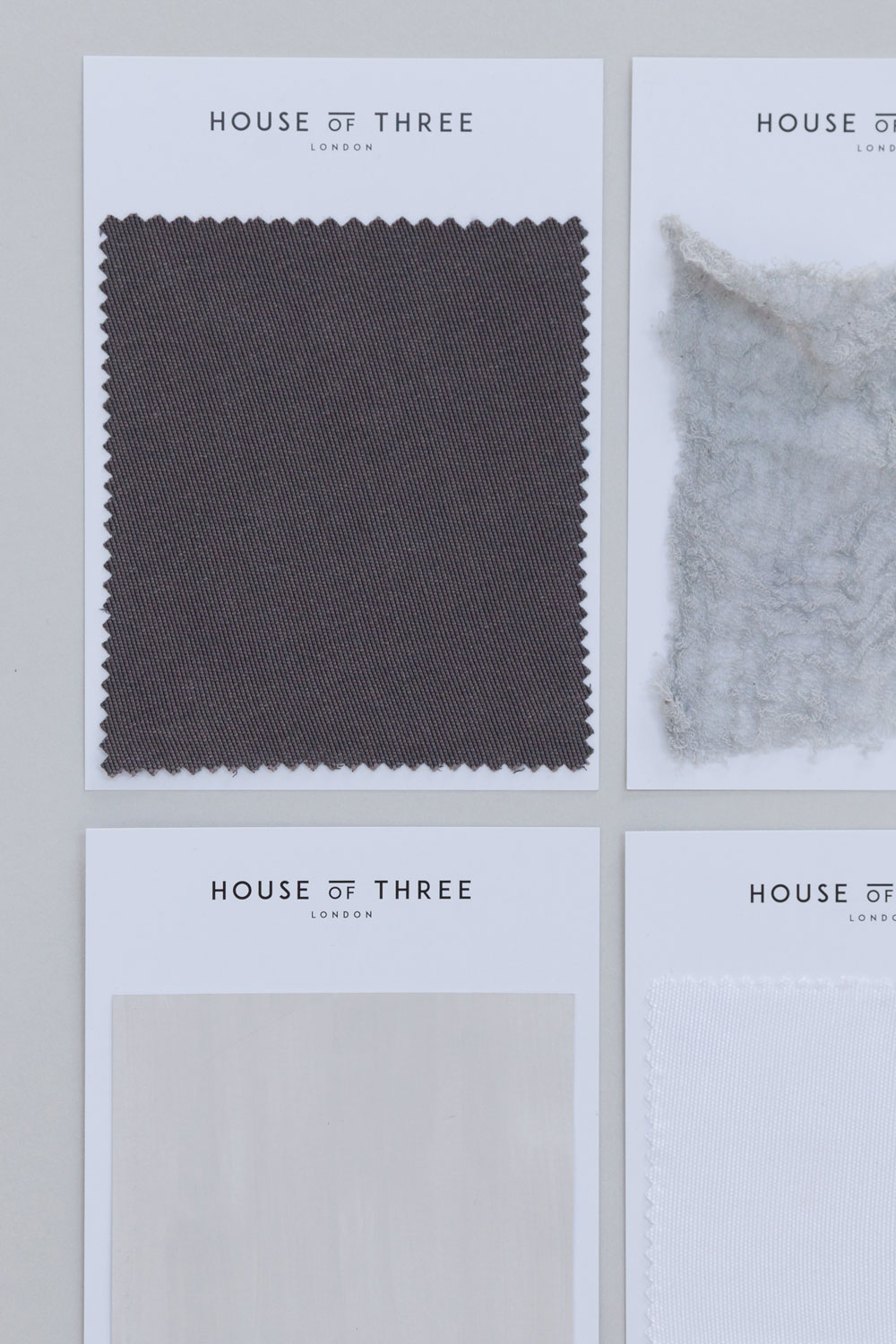
Wool
A fun fact for you. Wool is one of the most durable fabrics there is. Airport seats – wool. Train station seats – wool. The reason being that with one of the highest martindale rub counts, it can take a lot of use. Including busy spaces like airports and train stations. So for those looking for a super durable fabric, this is the one for you.
Wool also has weird and wonderful methods of keeping it clean. Like the use of white wine vinegar. (Although I’m no expert on wool cleaning, so please seek the advice of a professional before tipping kitchen products over your sofa).
This fabric is perfect for the Scandinavian look so many people are creating in their homes. It also remains cool in the summer and warm in the winter too. So don’t be put off thinking it will also be hot. Do bear any wool allergies in mind though. If the thermostat in your house is always set high, and you have a habit of wearing shorts at home, make sure you are ok to sit on wool. For the most tailored wool, look at Linwood Lana.
Suede
Suede probably wouldn’t be used for curtains, but it is certainly used for sofas, armchairs, beds and cushions. Faux Suede though. Real suede just isn’t really an option for furniture that is being used regularly. You might get real suede being used on the trim of a car seat or head rest. But only a really small amount that isn’t touched regularly. So if you are considering suede for your home, make it fake!
It is usually known as the ‘cat proof’ fabric. Although if you have a mad cat with the sharpest claws in the world then don’t take this too literally. Cats typically can’t get their claws into suede, so tend to not bother picking at it. That said, suede has a tendency to hold fur, so if you have a malting pet then it might not be the best pick.
Faux Suede is soft without having a thick pile that changes colour in different lights. My favourite faux suede is this double sided one from Kirkby Design – The Dakota Range.
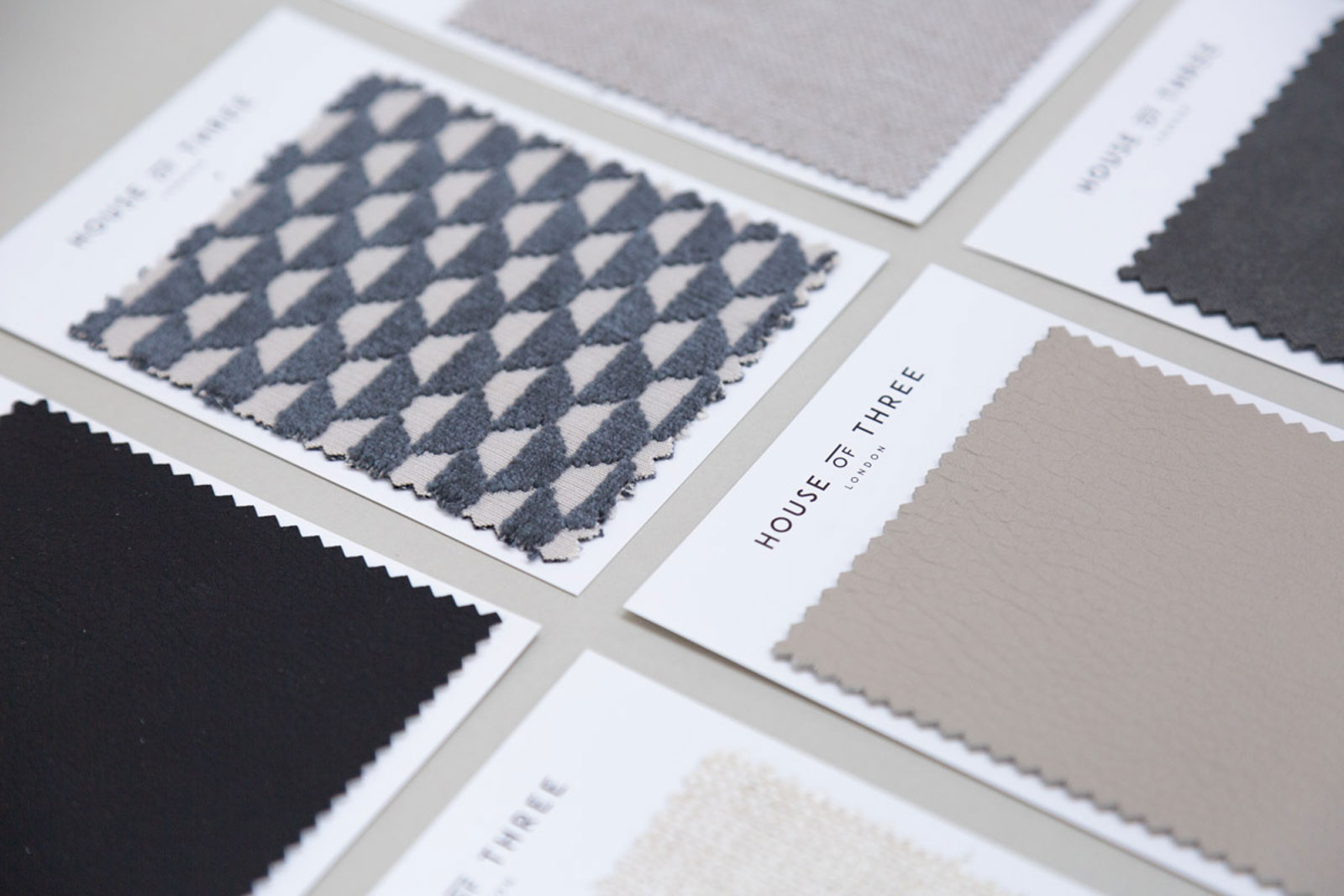
Velvet
Near to the bottom of my guide to fabrics, but one of the most popular fabrics right now. Had you have gone to a shop 5 years ago and asked to use velvet, the shop assistant probably would have sniggered and told you that only your grandma had velvet furniture. Now, back in fashion, velvet is everywhere.
High Pile Velvet – This velvet type is one that you will see most in the magazines, and in those perfect Instagram homes. It has a high pile which means that it is luxurious, soft and the pile moves direction. I would really advise using a polyester velvet rather than a cotton velvet for any furniture. Cotton velvet is ok for cushions, but over time it does crush. This isn’t great for sofas as a ‘bum mark’ will start to appear, and once it does, there is nothing you can do to get rid of it.
Low Pile Velvet – This velvet type is perfect for those who want the softness of velvet but don’t like the fact that it shines different colours in different lights. Or don’t like the movement of the fabric making marks. Of course with a low pile this doesn’t occur so the direction of the pile doesn’t change when you sit down on it.
Crushed Velvet – Crushed velvet is how every cotton velvet will turn out if used heavily. Some people love the crushed velvet look and as it takes such a long time to create naturally, some velvets come pre-crushed. It has a little more of a boudoir look about it, but used correctly really does have that wow factor.
My favourite velvets in order of their texture are Linwood Omega (High Pile Velvet), Kirkby Smooth (Low Pile Velvet) and J Brown Modena (Crushed Velvet).
Textured Woven Fabrics
Last but not least, the textured woven fabrics. Often going by the name of Chenille depending on the texture and materials used to create them. Textured woven fabrics usually contain a percentage of polyester and viscose. Strong and durable, the weave also helps to hide or disguise dirt too. Some may see that as a good thing, some as a bad thing.
Textured fabrics can sometimes be a little more expensive due to the variation of colour and fabric types used within the weave. They can often have a beautiful metallic quality to them too. For a low cost woven fabric look at Warwick Husk. For a slightly higher priced woven fabric look at Villa Nova Hanna Weaves. Both are a mixture of Cotton, Polyester and Viscose.
I didn’t intend this beginners guide to fabrics to be quite so long – it appears I have a lot to say about them! The idea is that you can come back to it whenever you need to, or use it to help make your decision when selecting new pieces of furniture or soft furnishings. If you are in the middle of renovating right now, then I really hope it’s helped you to make some of the most difficult decisions.
Disclaimer – We always endeavour to credit the correct and original source of every image that we use. If you think that this credit may be incorrect, then please contact us at info@houseofthree.co.uk
